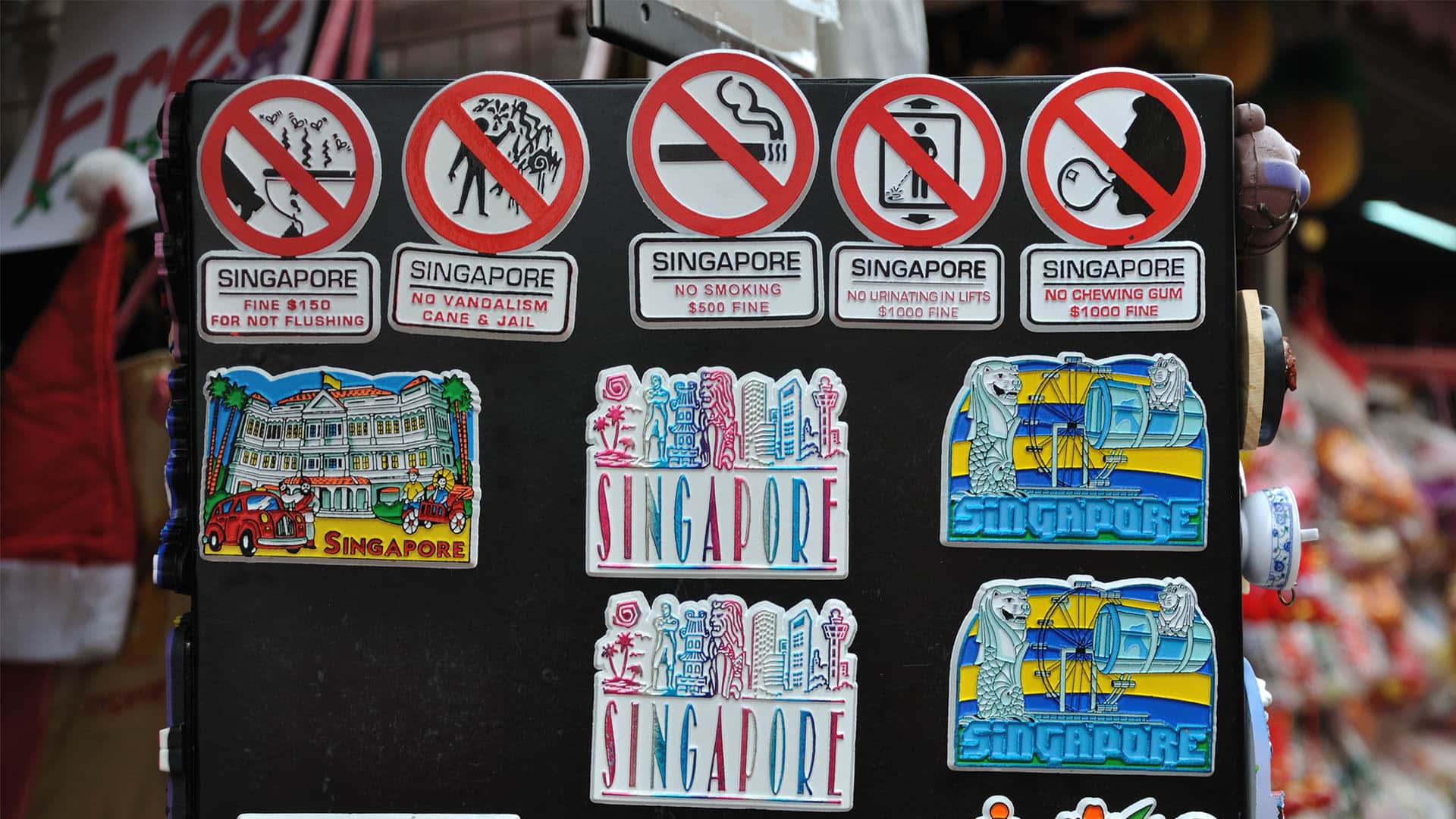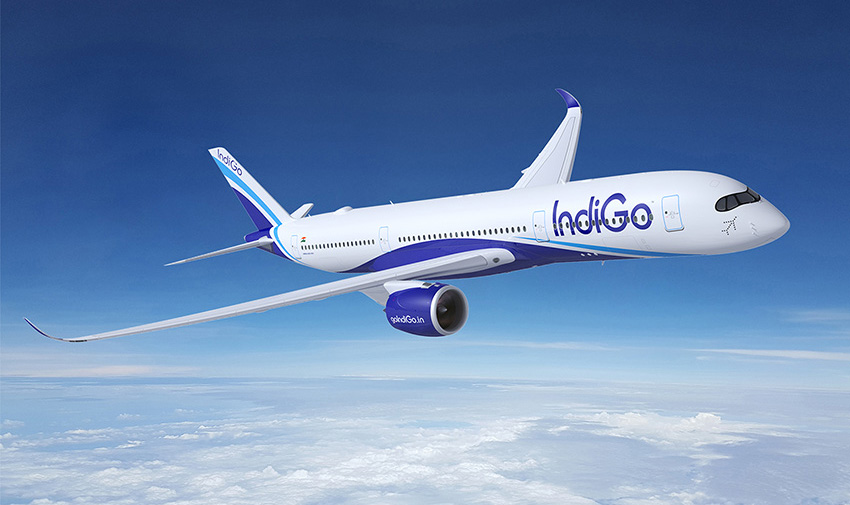Now Reading: Why Singapore Banned Chewing Gum – The Unusual Rule That Still Stands
-
01
Why Singapore Banned Chewing Gum – The Unusual Rule That Still Stands
Why Singapore Banned Chewing Gum – The Unusual Rule That Still Stands

Singapore is known for its spotless streets, strict laws, and efficient public systems. Among its many rules, one has always stood out to foreigners – the ban on chewing gum. While it might sound strange at first, this decision wasn’t made on a whim. It’s a story of how one sticky nuisance turned into a national rule that’s still in place today.
The chewing gum ban was introduced in 1992, during Prime Minister Lee Kuan Yew’s era. The main reason was cleanliness. People were carelessly sticking used gum on public transport seats, elevator buttons, stair railings, and sidewalks. The mess was difficult and costly to clean, especially when gum got stuck on the doors of the newly launched MRT (Mass Rapid Transit) trains, sometimes stopping them from working properly.
Singapore’s approach to governance has always been about prevention rather than cure. The government believed that instead of spending money and manpower to clean gum off public spaces, it was better to stop the problem entirely. The rule prohibited importing, selling, and distributing chewing gum, with strict fines for violations.
Over the years, the ban became part of Singapore’s global image. While many outsiders joked about it, locals largely accepted it as just another rule that kept the country orderly. In 2004, the government made a small exception, allowing certain types of therapeutic and dental gum to be sold by pharmacists for medical purposes, but regular gum remained off-limits.
For visitors, the ban is often a reminder of how serious Singapore is about its laws. It’s not just about gum – it reflects the nation’s broader belief that discipline and civic responsibility lead to a better living environment for everyone. Even decades later, the gum ban continues to be one of the most talked-about rules in the country, a quirky yet telling detail about Singapore’s identity

























